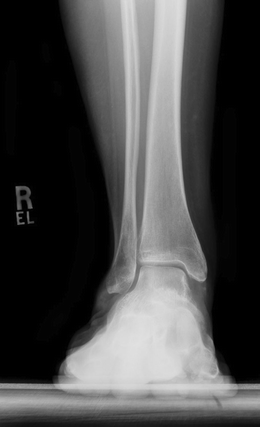


Successful resolution of the pain associated with AAFD can be achievable with nonsurgical methods. Posterior tibial tendon dysfunction is thought to be the initial pathoanatomic etiology that leads to this deformity. ICD-10-CM Q66.51 is grouped within Diagnostic Related Group(s) (MS-DRG v40. Adult acquired flatfoot deformity (AAFD) is a condition commonly seen by orthopaedic surgeons. arm (acquired) (upper) - see also Deformity, limb, upper arm. Q66.51 is considered exempt from POA reporting. acquired I35.8 - see also Endocarditis, aortic.The 2023 edition of ICD-10-CM Q66.6 became effective on October 1, 2022. Q66.6 is a billable/specific ICD-10-CM code that can be used to indicate a diagnosis for reimbursement purposes. This is the American ICD-10-CM version of M21.40 - other international versions of ICD-10 M21.40 may differ. Other congenital valgus deformities of feet. The 2023 edition of ICD-10-CM M21.40 became effective on October 1, 2022. for severe arthrosis and deformity of the ankle and subtalar joints (1). "Present On Admission" is defined as present at the time the order for inpatient admission occurs - conditions that develop during an outpatient encounter, including emergency department, observation, or outpatient surgery, are considered POA. M21.40 is a billable/specific ICD-10-CM code that can be used to indicate a diagnosis for reimbursement purposes.


 0 kommentar(er)
0 kommentar(er)
